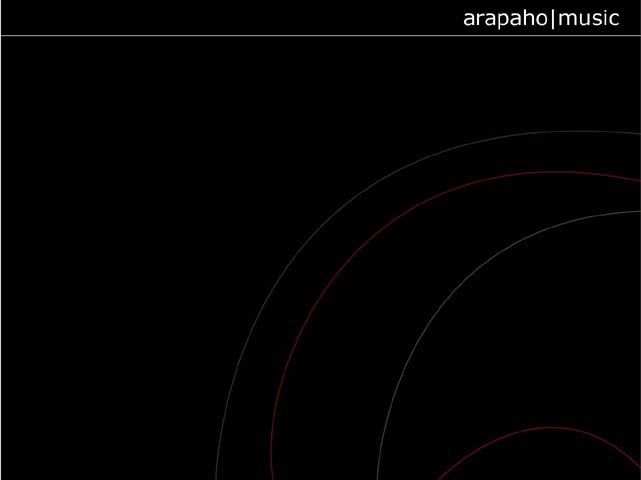
Both men and women participate in the Sun dance, singing to the accompaniment of a large drum. The Sun Dance lasts for seven days of which three are used for preparation. The dance consists of a "pledger" who commits himself to sponsoring a Sun Dance in hopes to recover from an illness, promote war success, or honor the death of family member. "A song was sung repeatedly for about half an hour. The last rendition was treated in a specific fashion. The men stopped singing one, two, three phrases before the end and the drum slowed down to half of its previous speed. After four slow beats the drum stopped and the women finished the song alone." (Nettl p. 21)
Eagle bone whistles are used in this dance along with drums and singing. "The songs were all begun by an old man in a loud voice and at a high pitch. After a few notes, other men joined in the singing, and, towards the end of each song, one woman or more. The song gradually fell in both pitch and volume until it died away. Thereupon the leader in the singing began again." (Nettl p. 20) The range of melodies is so wide that singers sometimes find themselves on a very low pitch at the end of the songs. One such song of the Sun Dance, the Morning Sunrise song, is sung at the end of the night when the dancers are preparing to rest. Sun Dance songs are sung with meaningless syllables. These groups of songs are some of the oldest in Arapaho repertory. There is no explanation as to the time of origin or place for.
Click to view a segment of the Nettl dissertation with sheet music and words